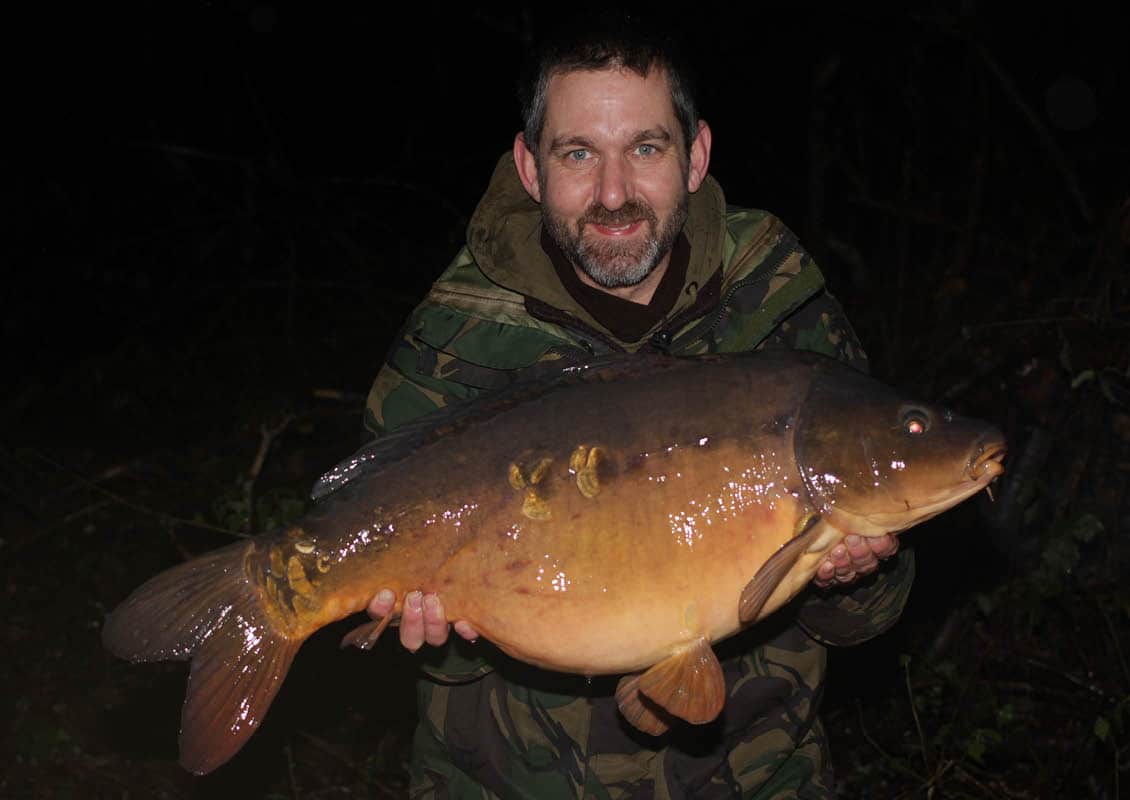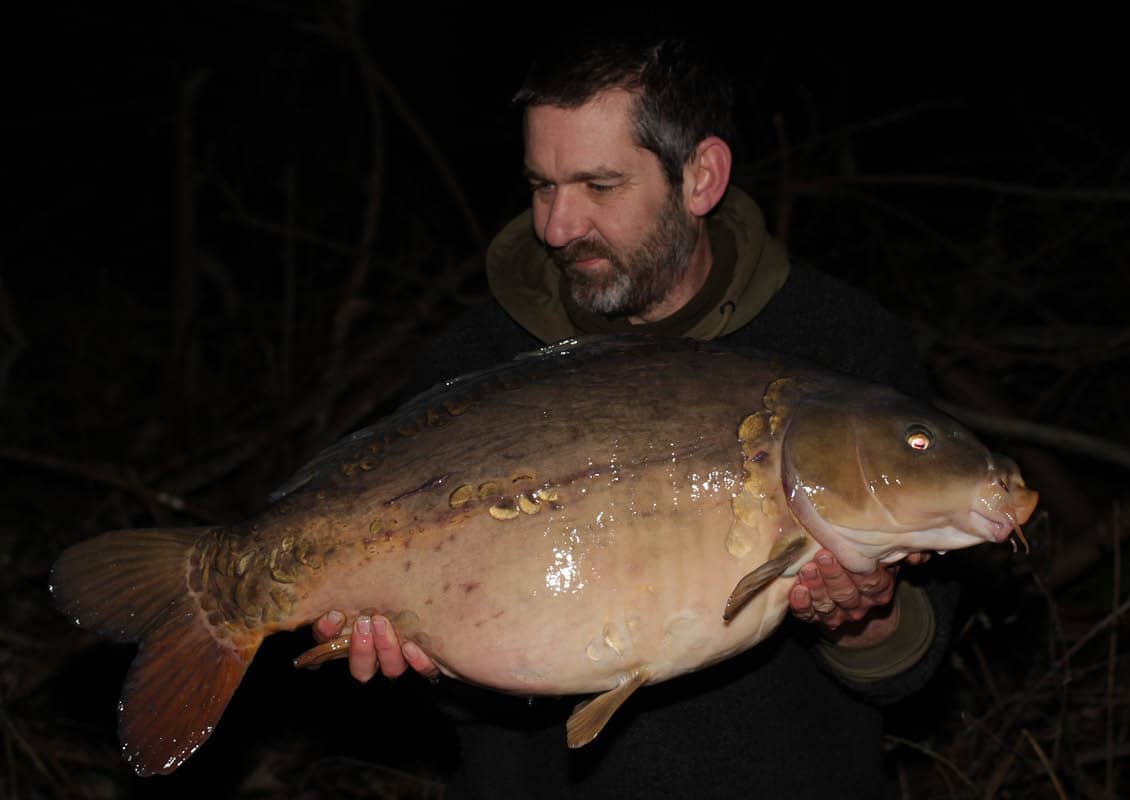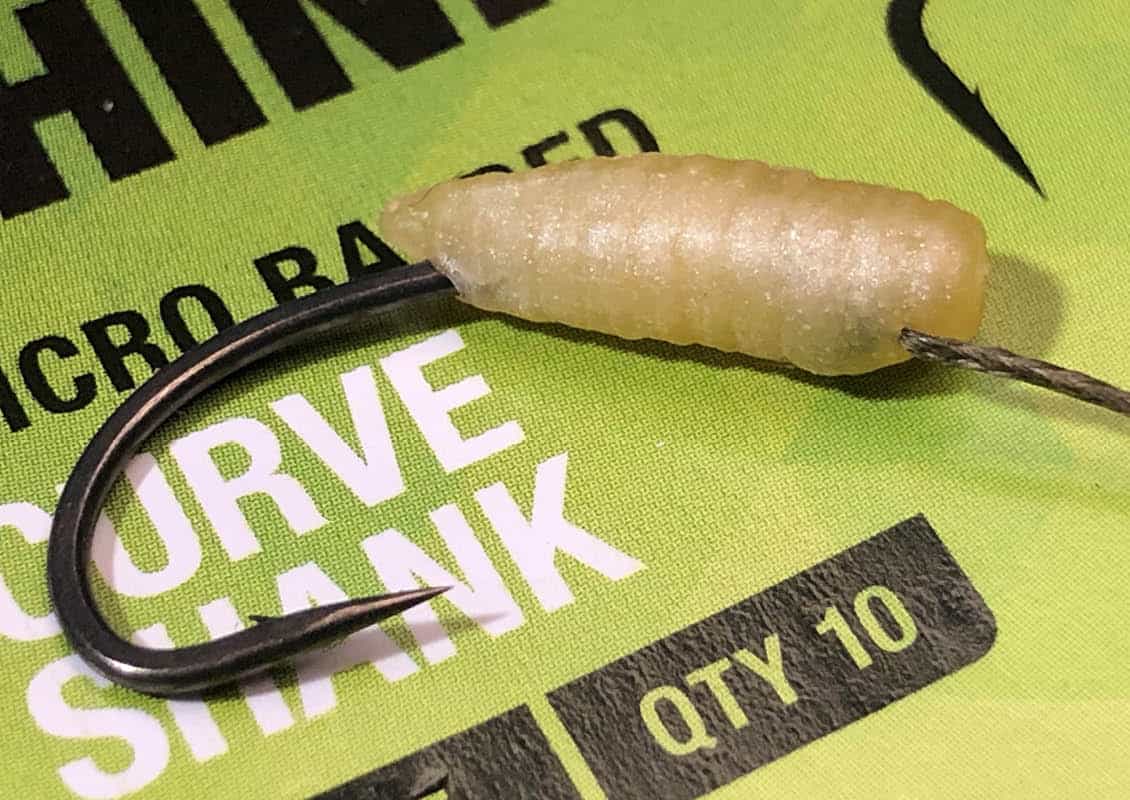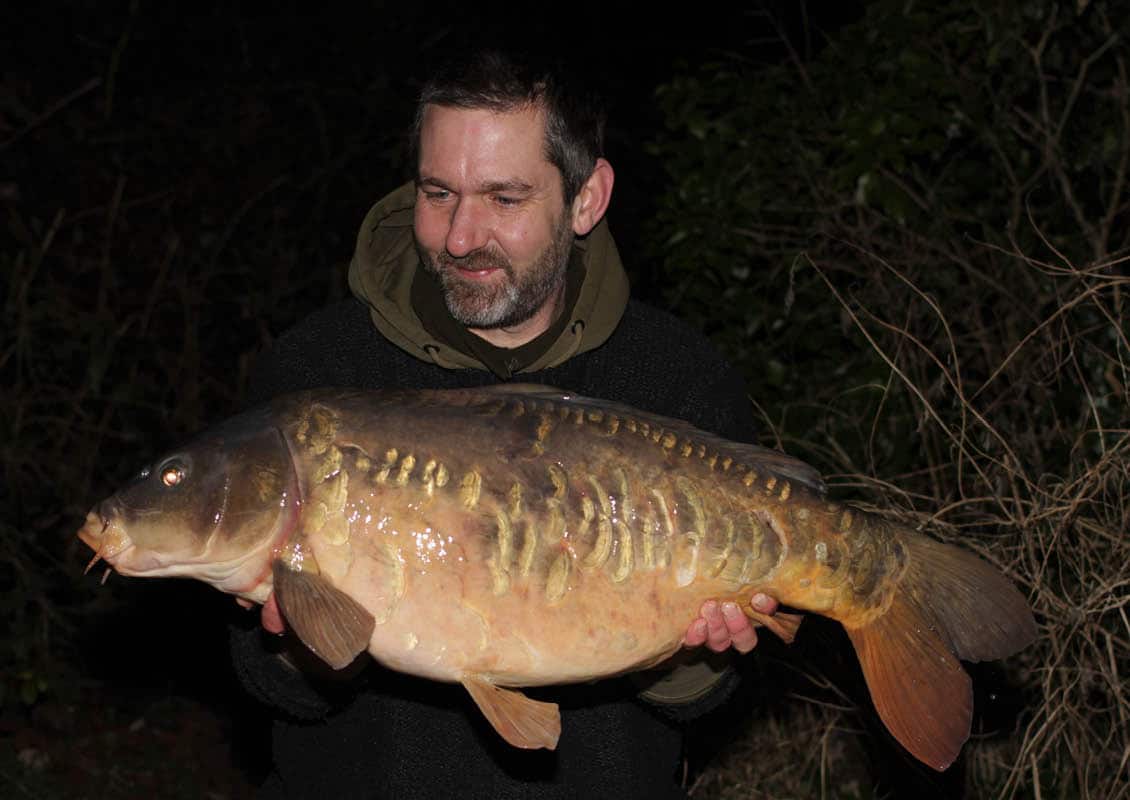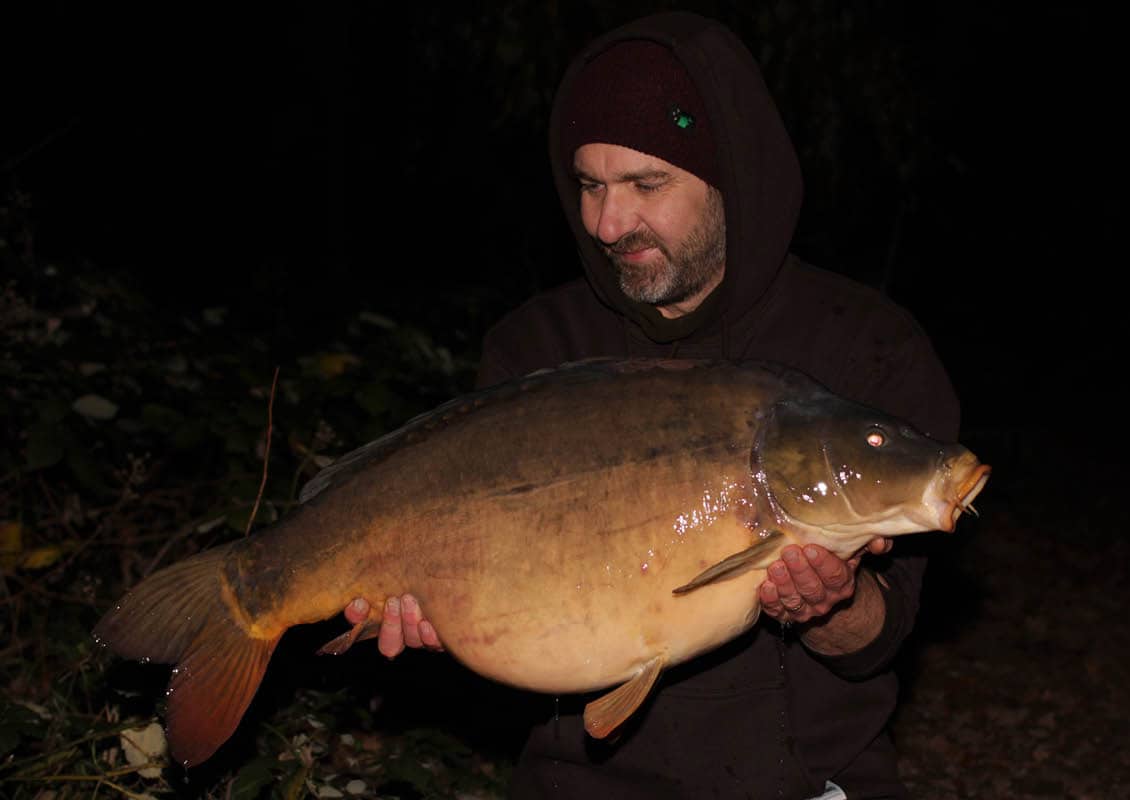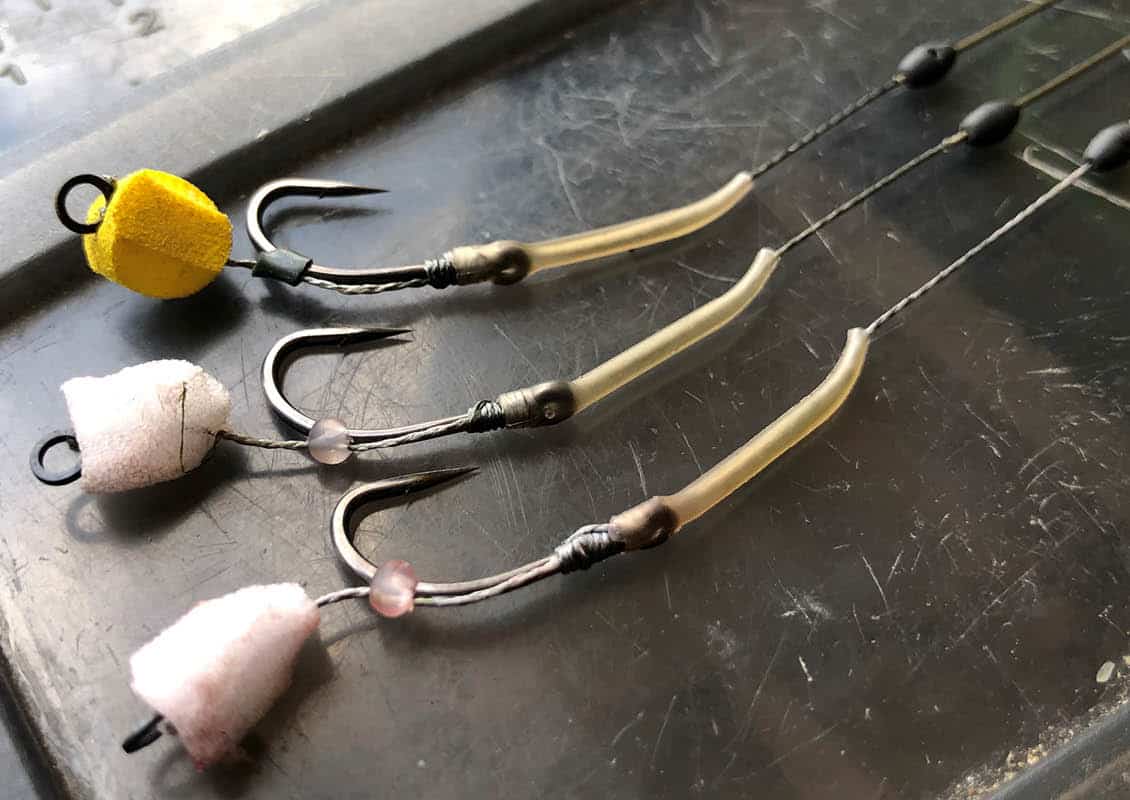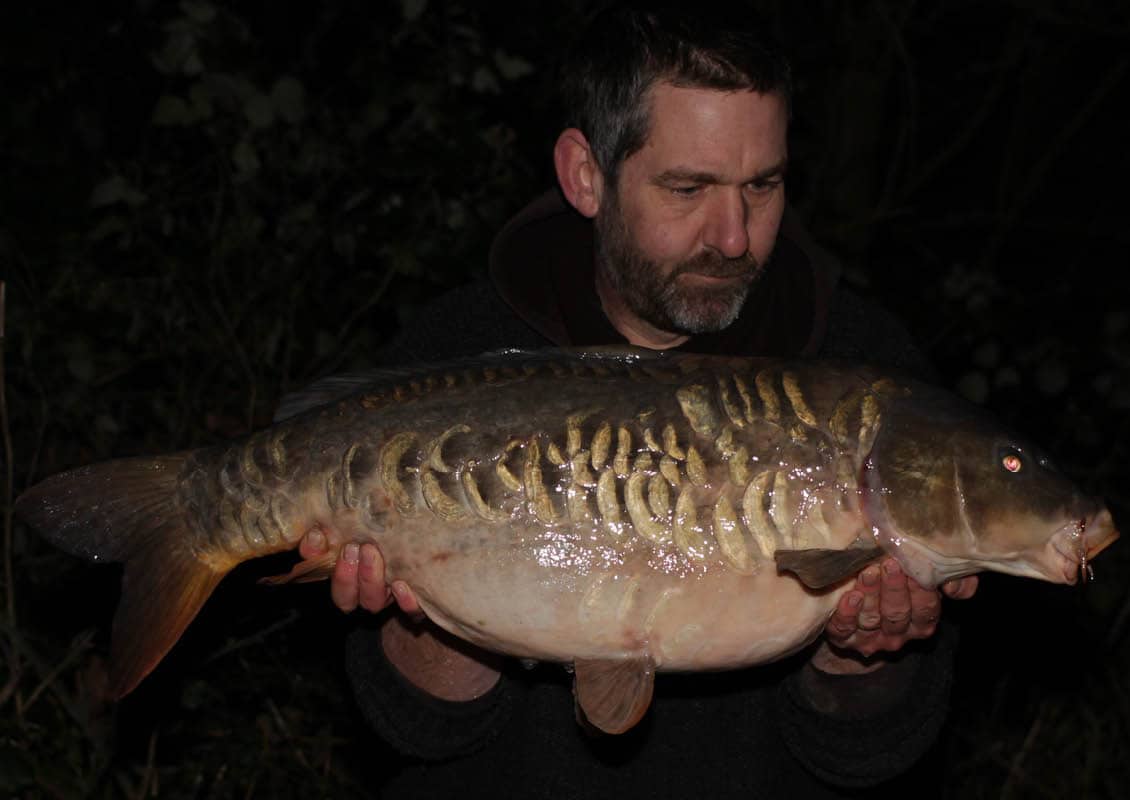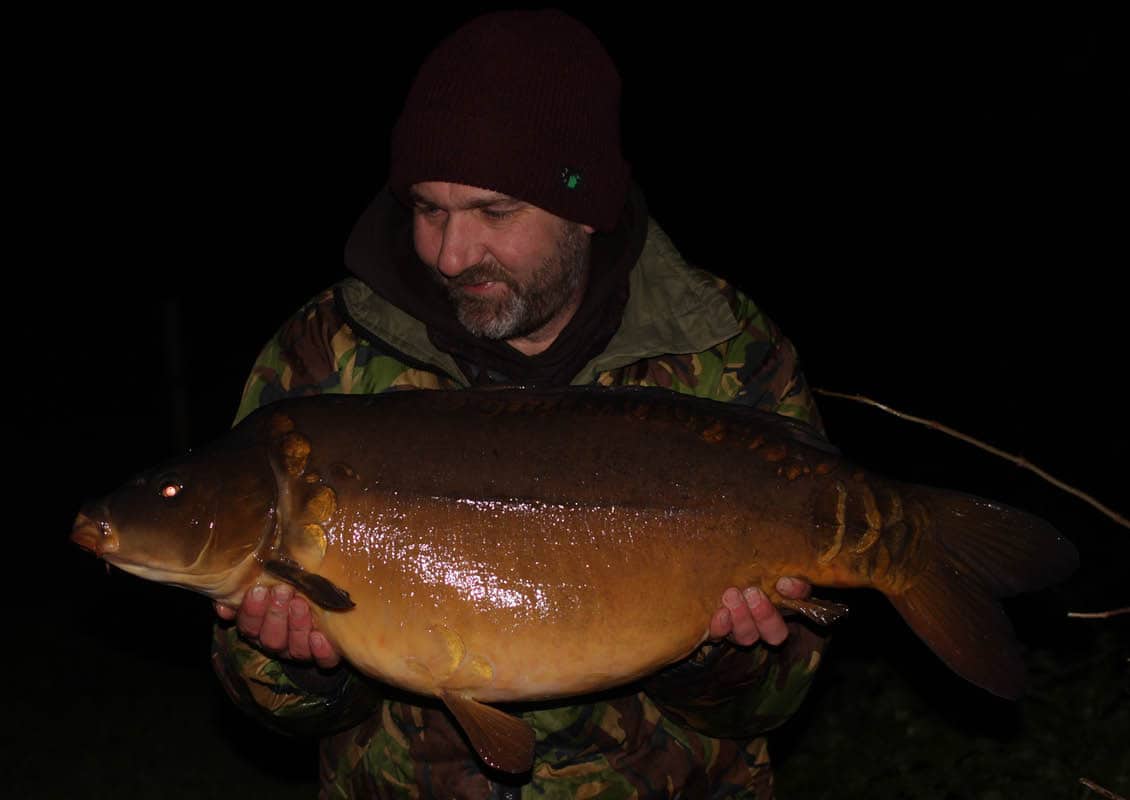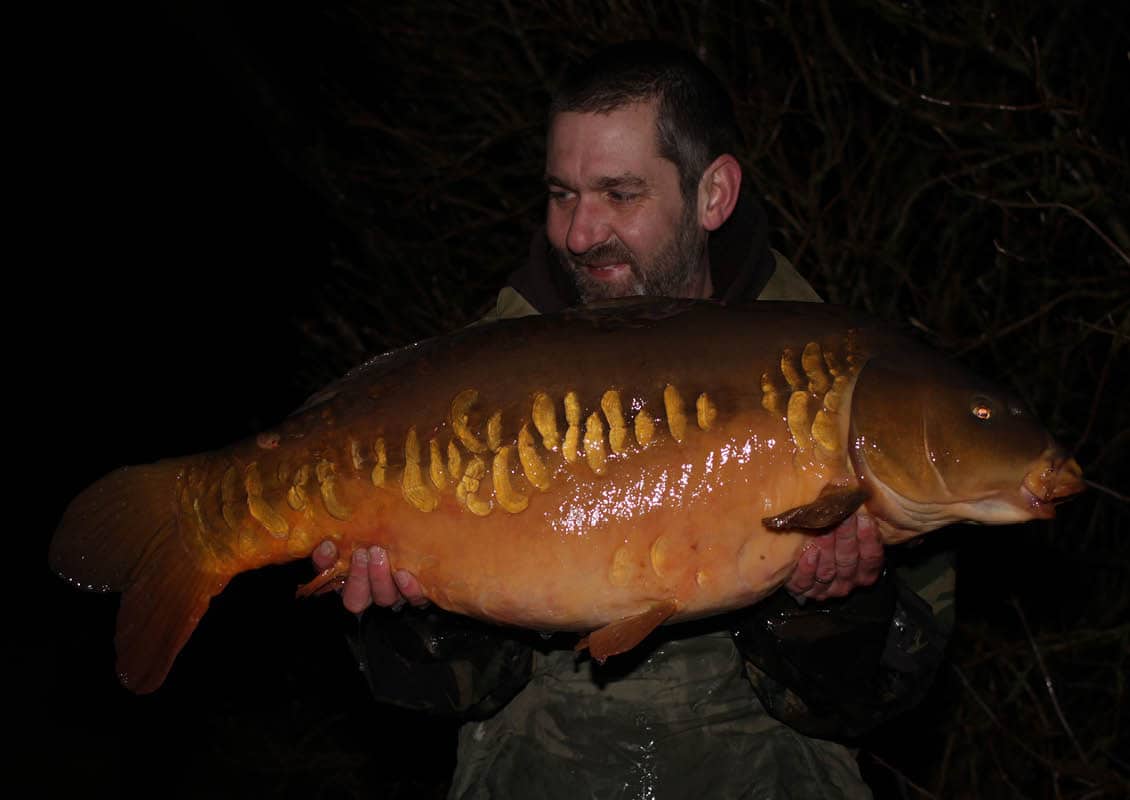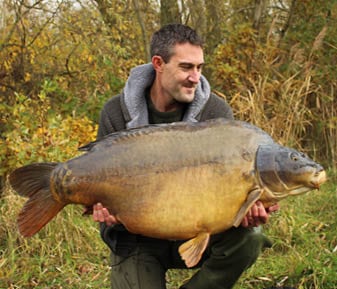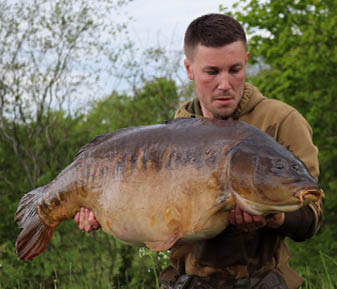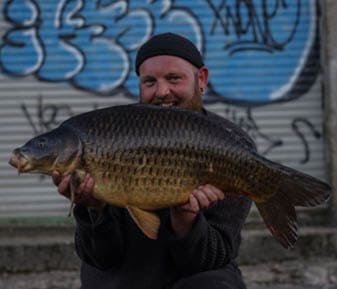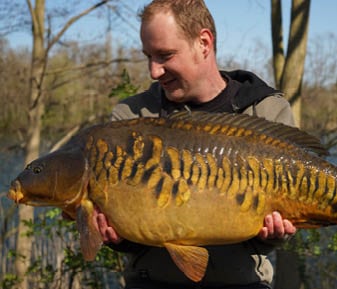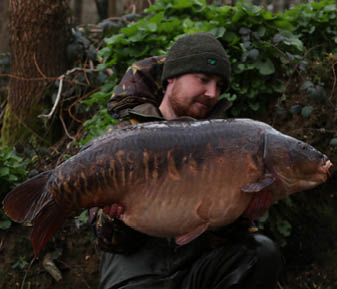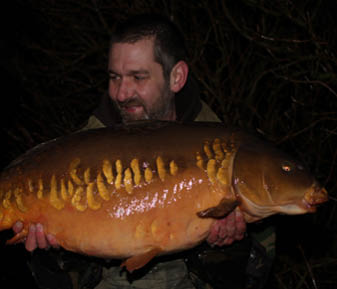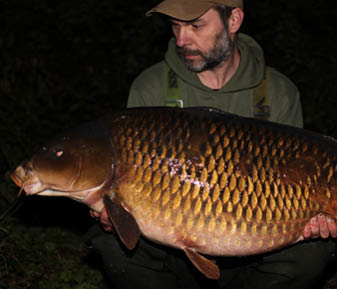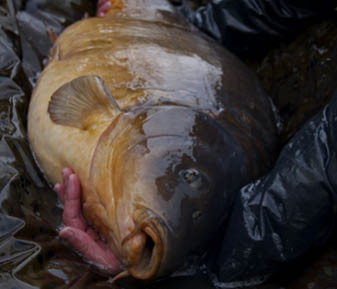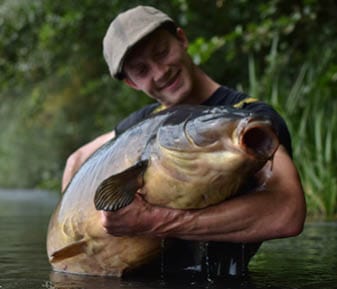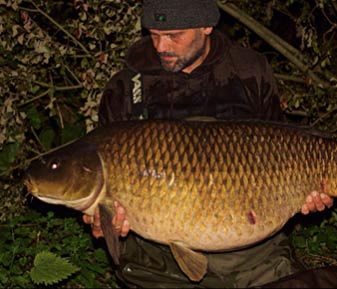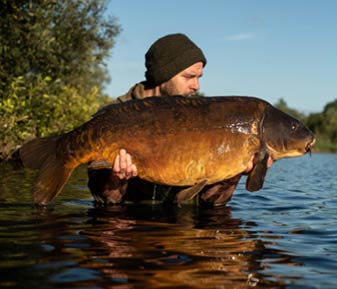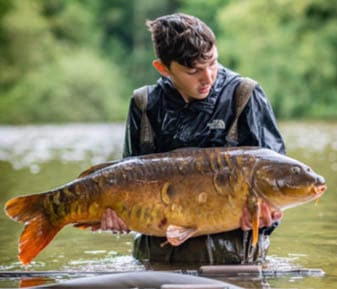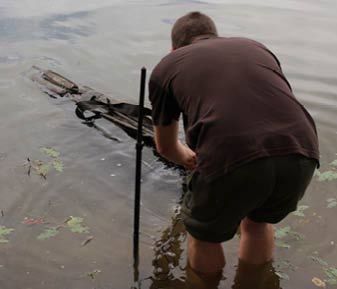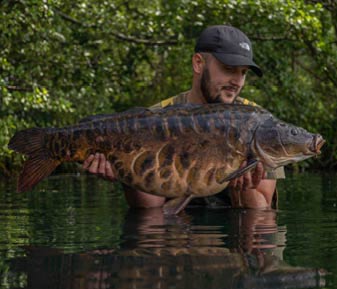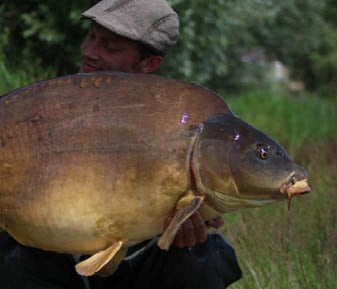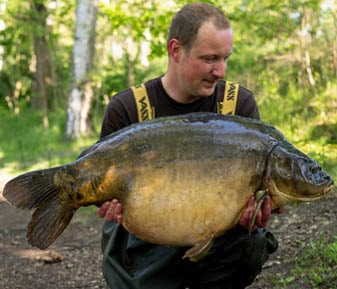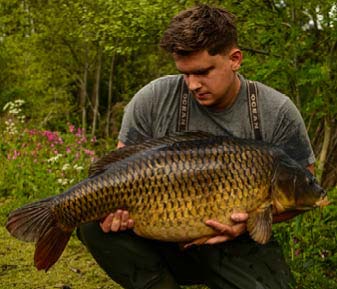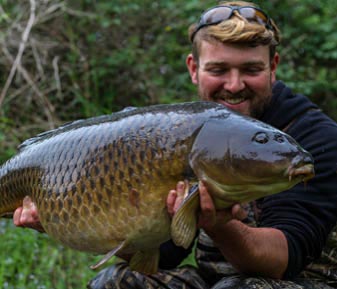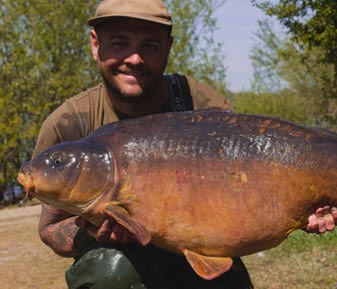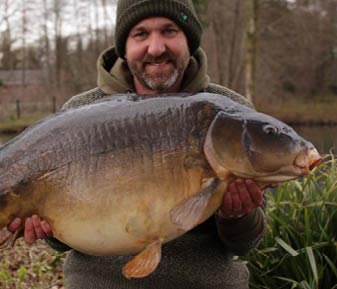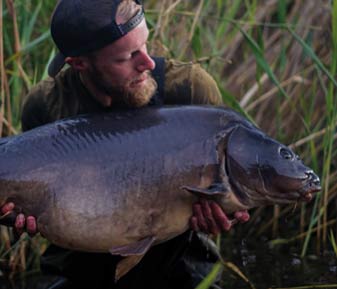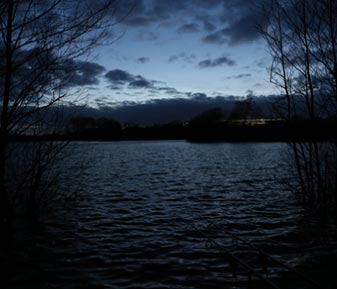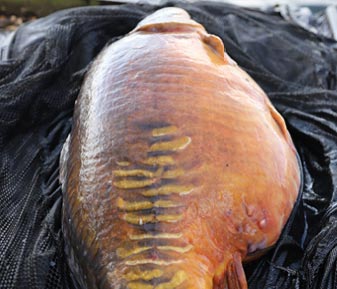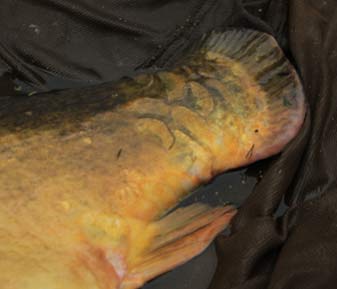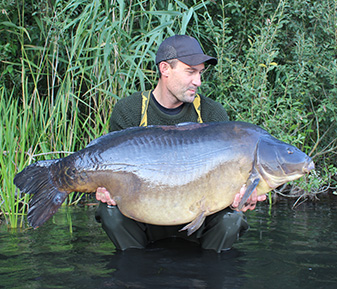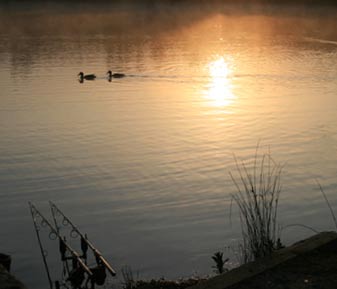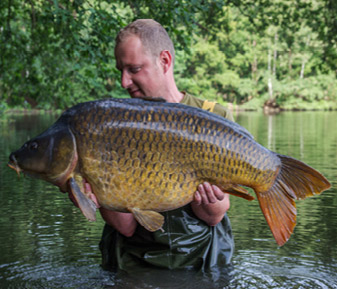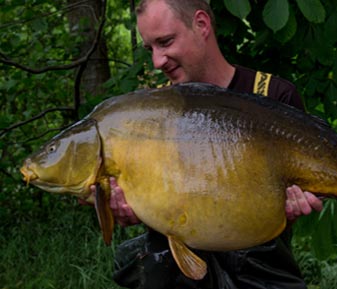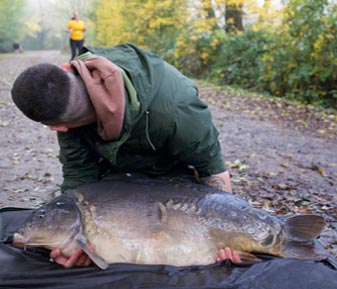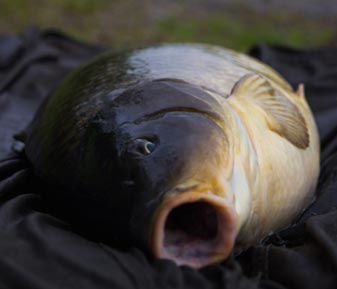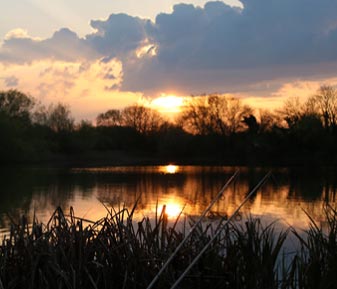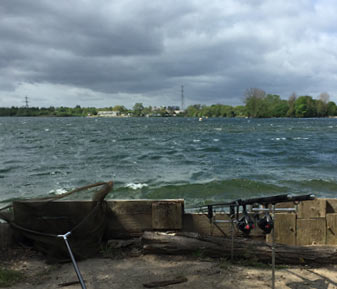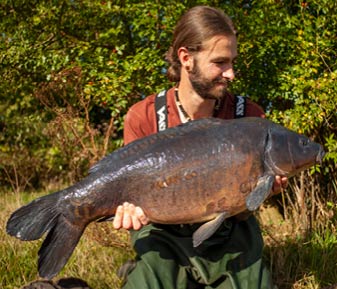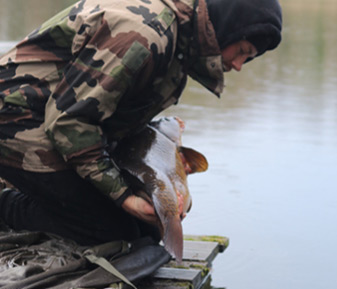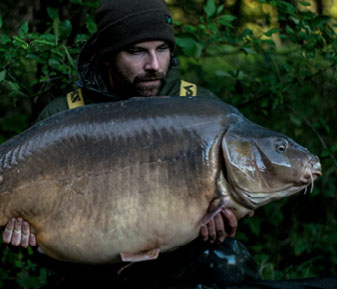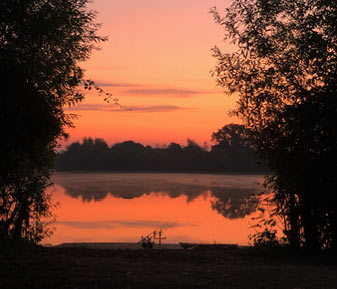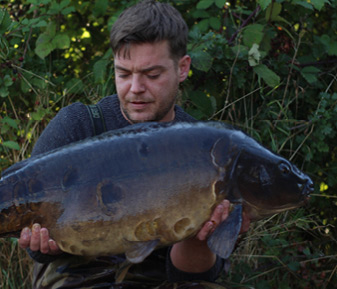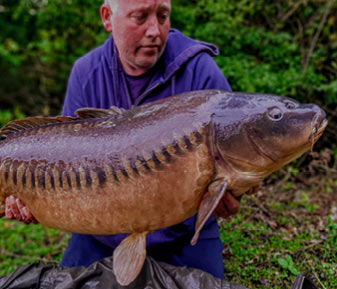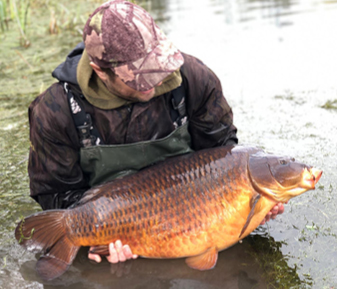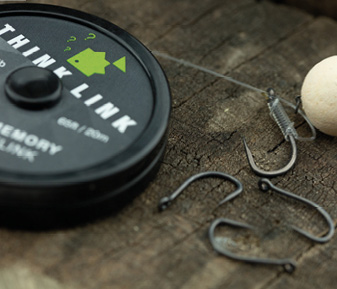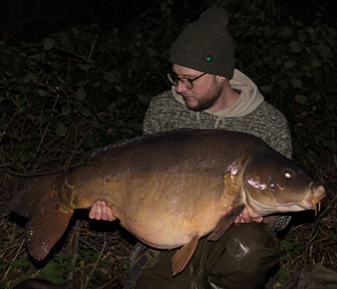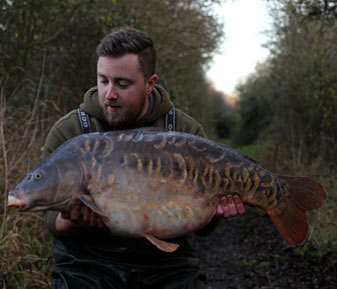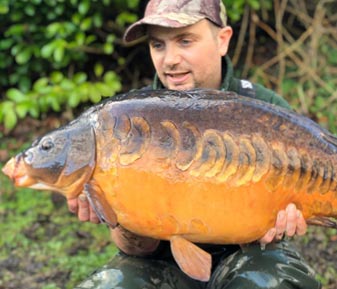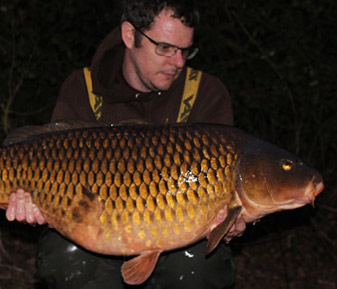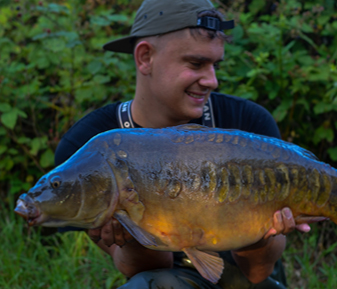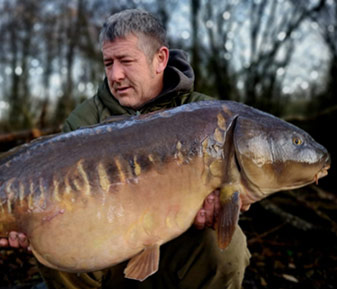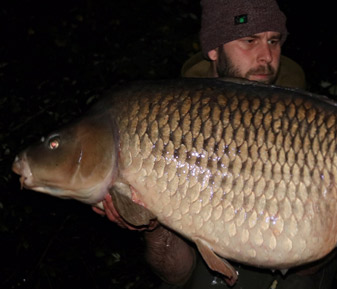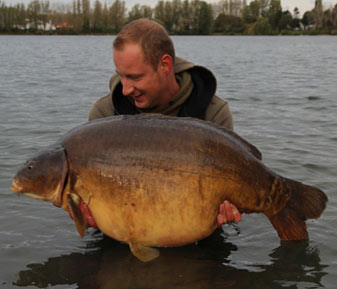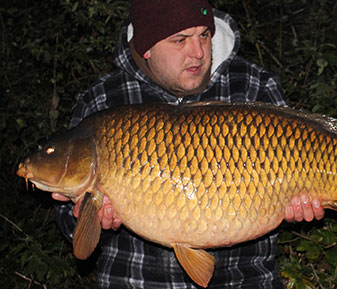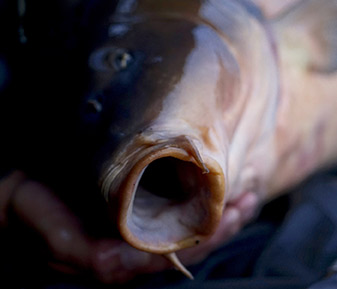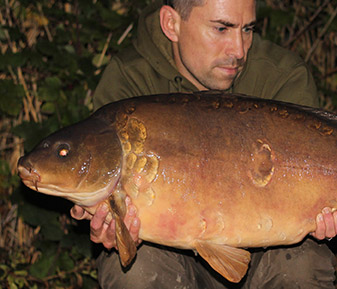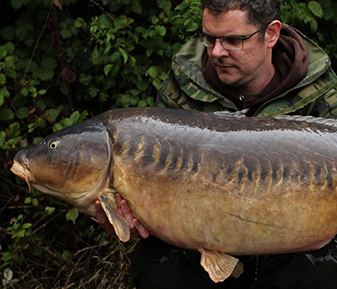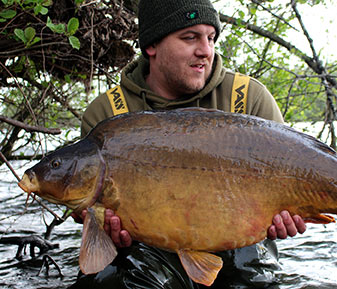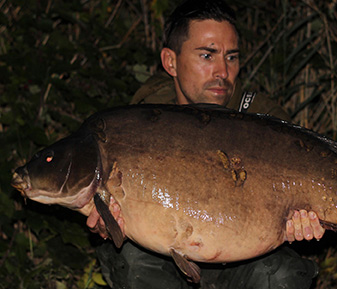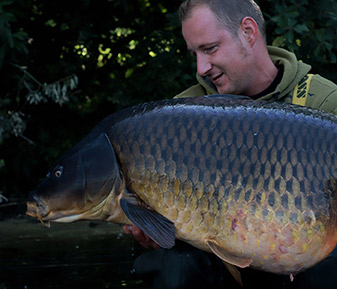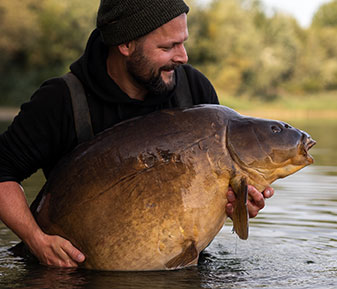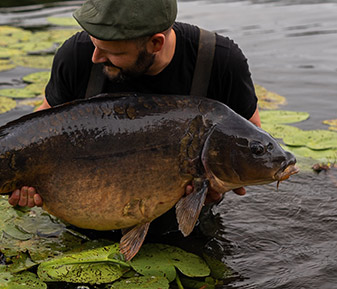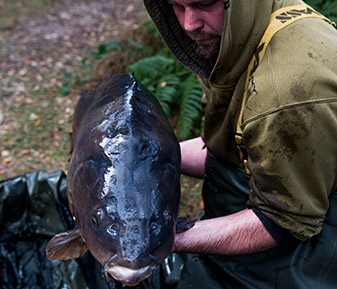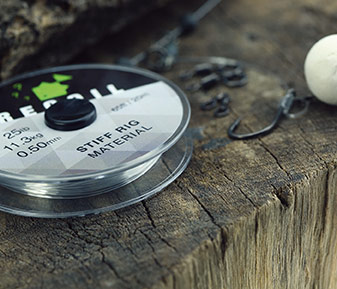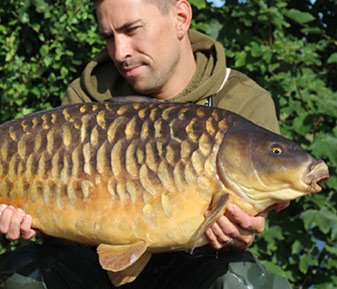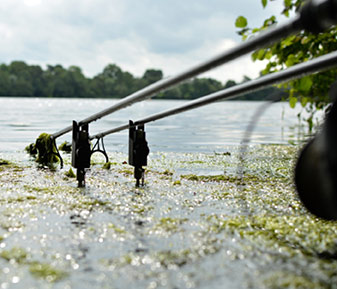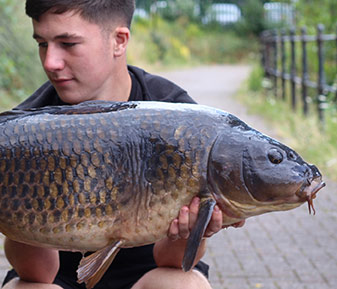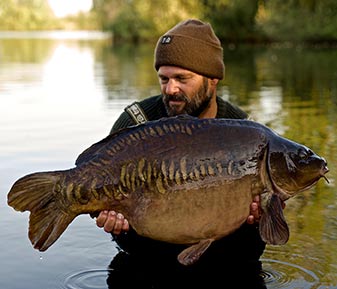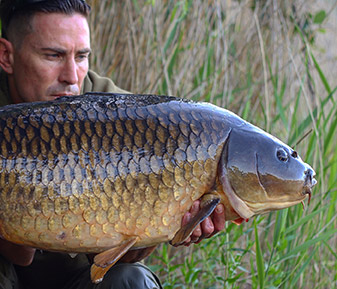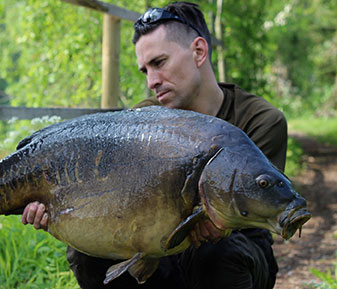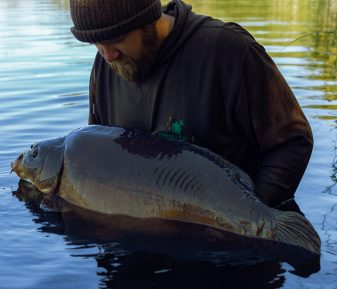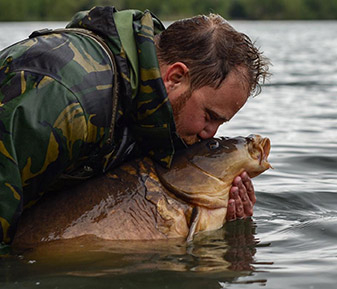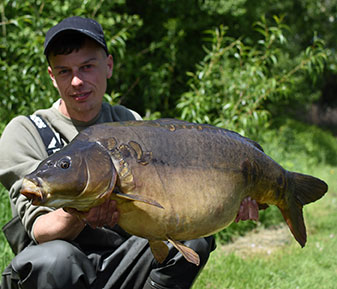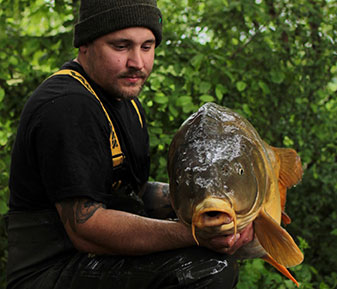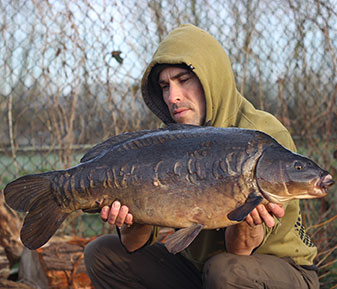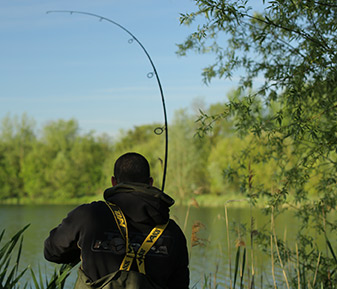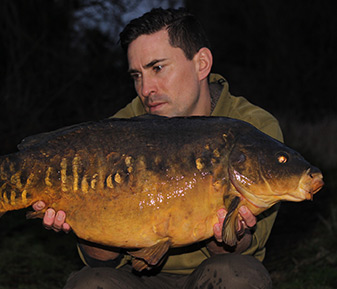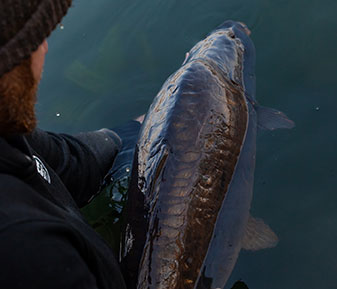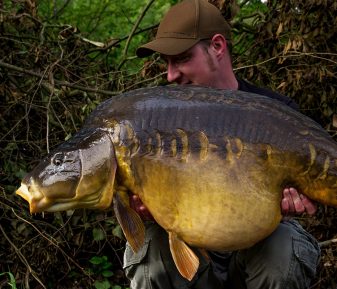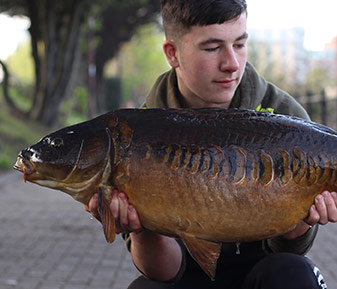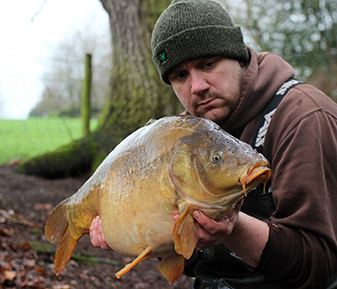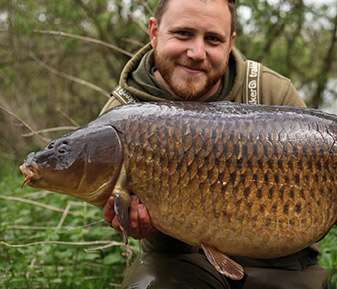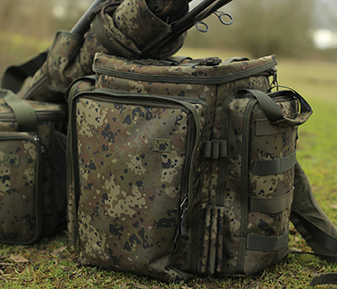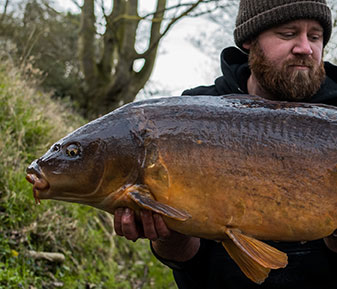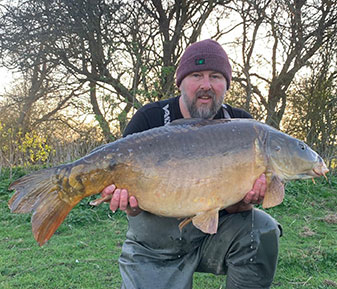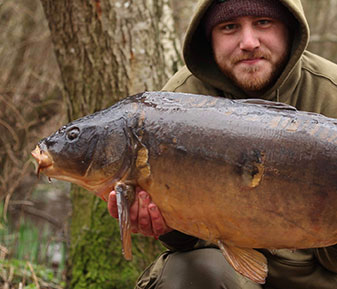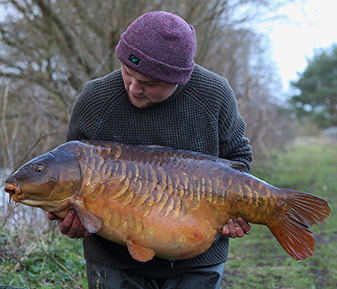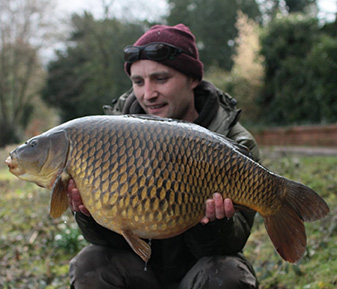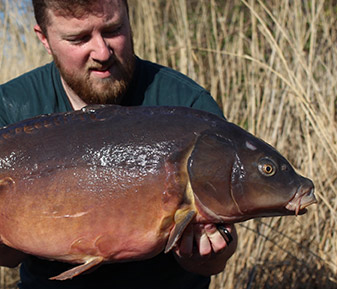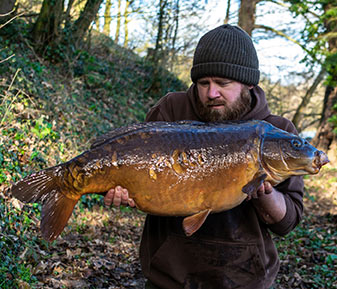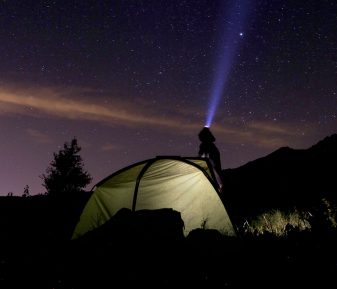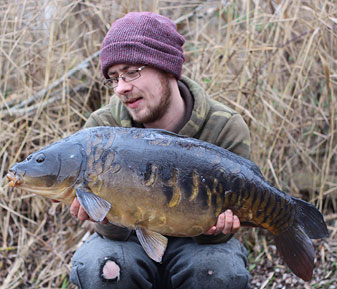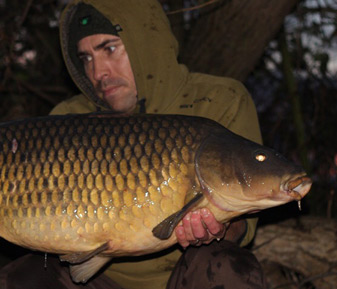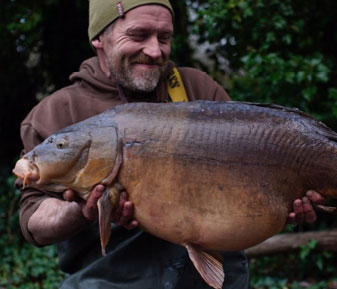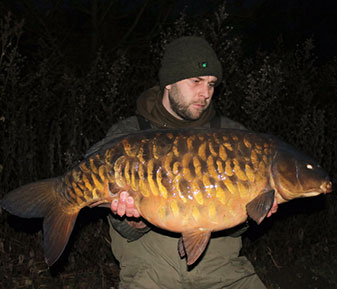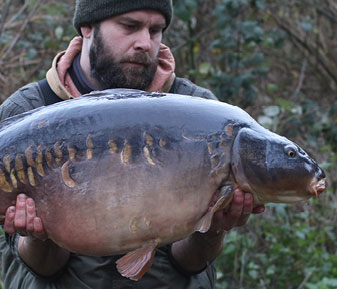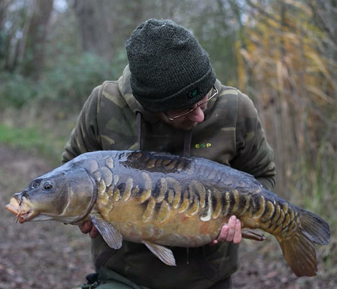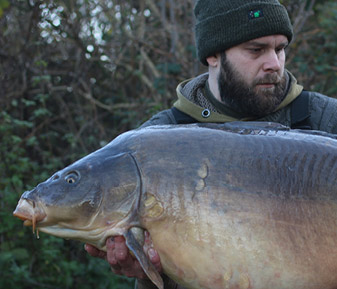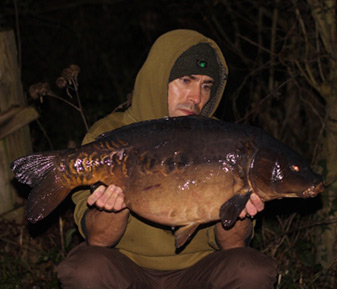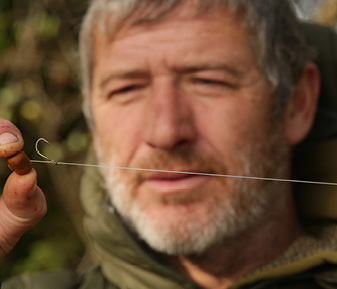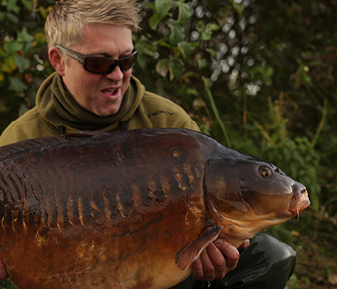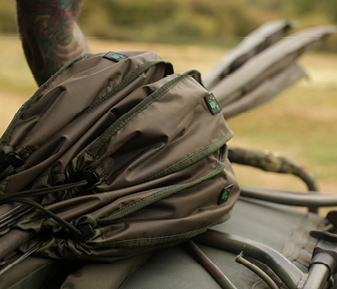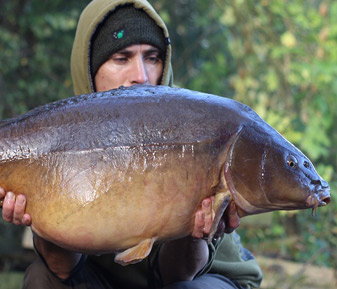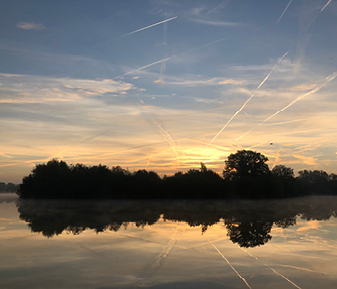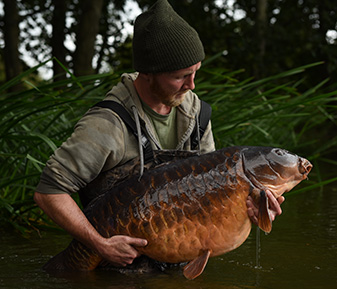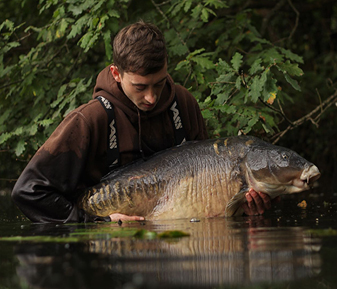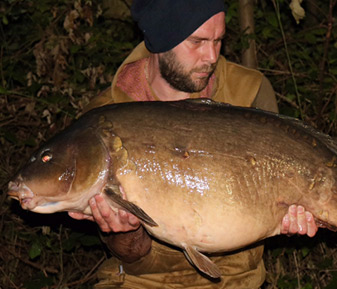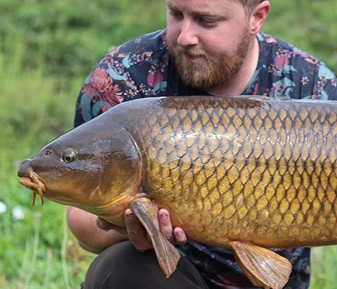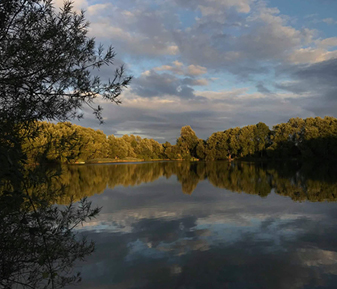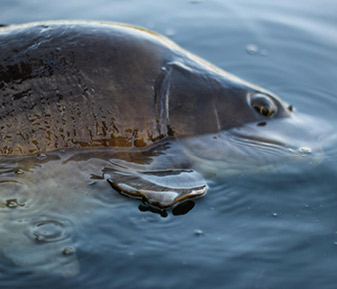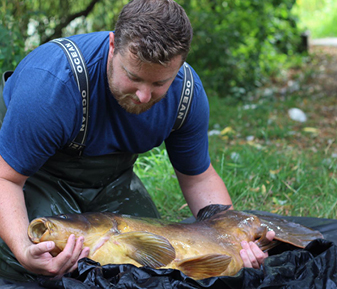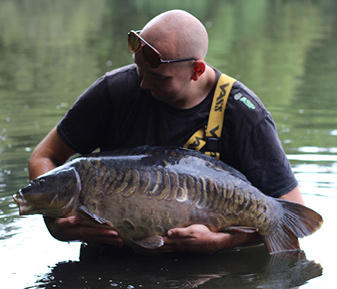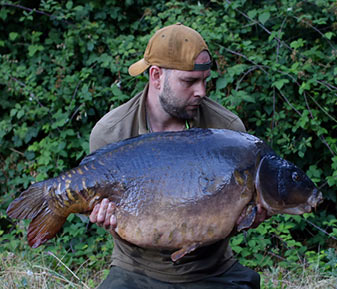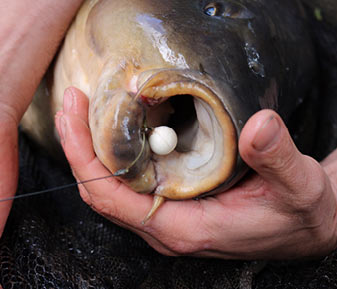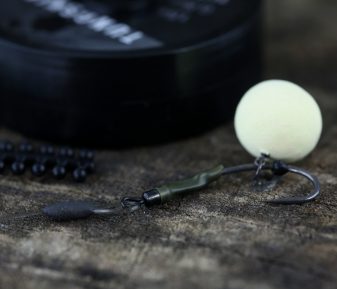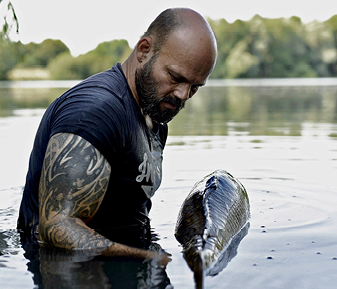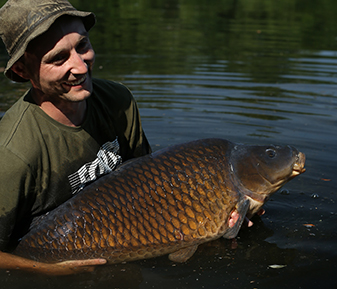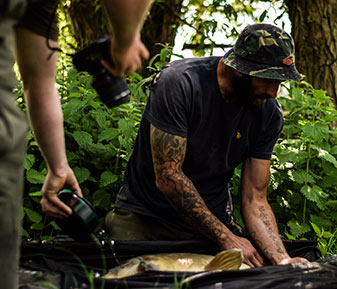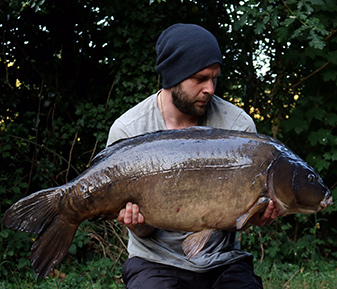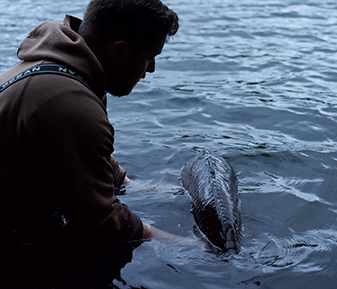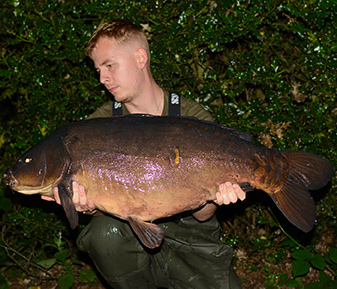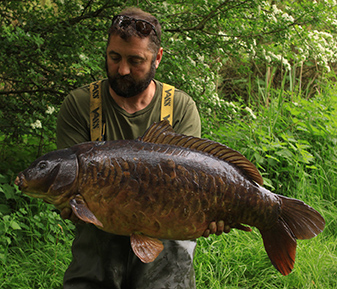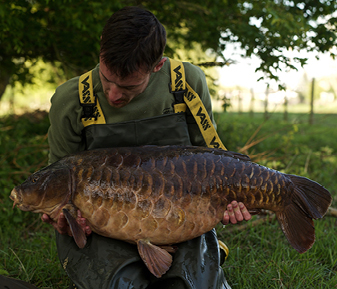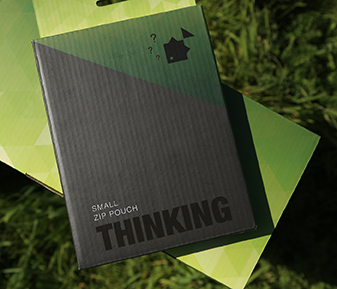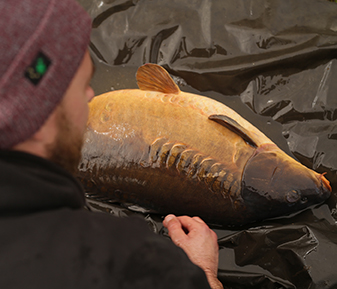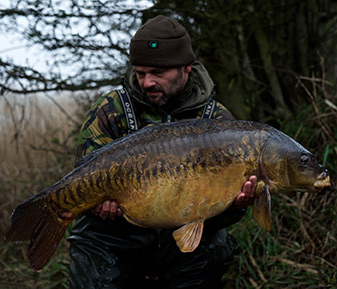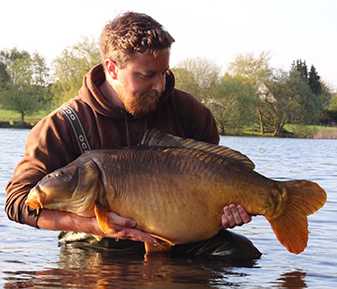Davy Claus relays a tale of when unrelenting persistence and flexibility in his angling paid off.
A winter of pure content
23rd February 2022
No, you girt ‘nana! Not a good sandwich filling, or even planning social media content. The title refers to the contented state of mind that I seem to have attained in relation to my current winter fishing.
There was a time (a very long time) when I would happily sit on a big fish hard pit, tenuously clutching the slimmest of hope that I could nick a single special bite during the coldest water conditions – year after year. My mindset was always that my spring angling would be propped up by the knowledge accrued simply by being there right through the late winter and the earliest vestiges of spring. If I had gleaned a little bit of knowledge that would give an advantage and ensure I was fishing right come the halcyon days of spring (remember them!?) then the cold winter serial blanking was worthwhile…
We all have different aspirations and expectations when it comes to our angling, and these days I personally think that it’s nice to get a bite in the mid-winter. Rather than coming out the winter battered and bruised, I come out the winter buzzed up and excited for the future. The lift in confidence fishing like this brings then enhances my spring, as I am energised and happy … Yes, it is that simple. Catching carp makes me deliriously happy still…
So this winter season, my angling compatriot (Pickwall) and I left it ‘till December before venturing forth to our club water – a lovely historic shallow windswept water of around 40 acres, with a great stock of young fish, and the slightest tantalising possibility of a few ancient relics still swimming around in this most wondrous of venues. I do love it there…
The approach that we have applied to our winter angling has largely been based on common sense and more than a few years’ angling experience. It entails lots of looking, with the occasional ‘prospecting’ move to cover completely different sections of the pit (as the fish have proven amazingly mobile the whole time and it’s not a small water) We’ve been sticking with whacking maggot filled PVA mesh socks out into areas where we have observed active fish. If it’s a blind ‘educated guess’ then we have been to fish where we know the multitude of humps, bars and gullies spread out slightly, naturally forming areas which the fish seem to be most comfortable browsing across. Perhaps the gullies also hold the last remnants of naturals, and as such the maggot approach is tailor-made. Luckily the lake is currently weed-free so there’s no concerns with the wigglers ruining the presentation by becoming entangled in any green fronds.
Being heavily featured a lot of the members we have met fall into the trap of leading (or even worse using a marker float), casting repeatedly to get the rigs positioned critically. Now, when the fish are up and running this is a mega successful method – after all, once the fish have been bumped out the area by any commotion there’s plenty more active carp that will drift back at some point or another, and carp being carp they soon home in on a food source. However, we’ve found that during the winter it’s very different proposition, if the fish bump out of the zone they normally have absolutely no reason to come back. In this scenario using nice big socks of maggots (and a bit of knowledge on the topography of the swims) means we have caught almost every weekend, simply because we’re minimising the disturbance when we set up in an area. There’s been absolutely no trickery or skulduggery needed. Just minimal casting, with pukka traps that feature enough free bait to create a positive feeding response, keeping fish feeding around the hookbait, without filling them up. It’s made a lovely change to relying on singles and keeping the swim ‘thrash’ or Spomb free has meant bites can potentially come very quickly too….
In recent years the lake has become well populated with signal crayfish (bloody things) and an unexpected benefit of the maggot bags has been that the maggot cluster hookbait is surrounded by hundreds and hundreds of similar food items, and this seems to slow down the rancid bloody animals homing in on the hookbait. It’s not totally fool proof. If you land next to a burrow, they’ll still mangle your hookbait as soon as the light goes, but it has proven a lot more effective than casting real boilies out (and I can’t quite get my head around stinky plastic singles still!).
If there was one frustrating drawback to the method, I would say it has been punting the rig plus sock out at range. My poor little office arms aren’t tailored to ‘manamiling’ it! The occasional bag landing short of a clip proved infuriating, at least until I came up with a simple adaptation that meant that wasn’t really a problem anymore, and that adjustment related to how we were attaching the socks of maggots to our rigs.
Those of you that have been about for a while will recall the impact that the Magaligner method had on winter fishing, and there are several ways of attaching the sock to your lead arrangement or rig. I remembered tying the tag of boilie mesh socks to the leadcore just above the lead on a heli rig to get maximum range. Well, I tried a method of attaching the bag similarly to that (knotted just above the lead but below the rig swivel for ‘safety’) and found that just by wrapping the tag twice around the leadcore before pulling the overhand down tight the bag locks really securely in place. By nicking the hook onto the side of the PVA bag it meant that even when the bag hit the water ‘full noddy’, without being feathered, I still somehow got bites! It goes against all my thinking, but results showed it didn’t detract from the rigs effectiveness at all…..
The winter campaign has just reinforced what I already thought I knew (if that makes sense!)….
If you empty a swim when you start you may as well move – they aren’t coming back!
Good size maggot bags are enough to kick-start activity in an area, and subsequent bags of germs add to this, as each time you hook one it will invariably cough out any maggots it has eaten when hooked and helpfully spreads the previous bag’s contents around the zone you’re fishing (helping to build up activity).
When you get one you normally get another – provided you stick to the plan. Minimal casting and a nice fresh sock of germs each cast….
If you don’t see fish or have liners or catch fish then move…
As if to cement these aspects even more firmly in my slightly echoey skull, I finished the winter proper season with a trip to a luscious little syndicate water that has a mega cold water track record. I kid you not, I tried everything to get a bite, eventually ending up falling back to what works, casting out a rod with a nice big maggot bag, and guess what? I finally got the bite I had been trying for and nicked a lush scaley 34 on the germs…. Isn’t it always the way?!
Sometimes we make things hard for ourselves, continuing to use methods that do not necessarily translate to being an effective cold water tactic, believe me, I have fallen into this trap for 95% of my fishing. This approach has certainly helped to transform our winter fishing over the last couple of years.
Luckily, it is also as relevant for use in early spring, right through to the middle of the spring when we finally lose the cold nights, when the water temperature creeps up and the fishes’ metabolism can cope better with more substantive food stuffs, i.e. the quantity and dietary quality of the bait we’re applying…
I told you it was common sense, but then again most things are!


